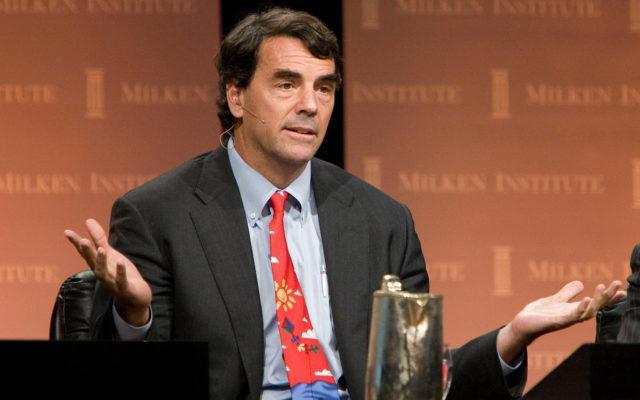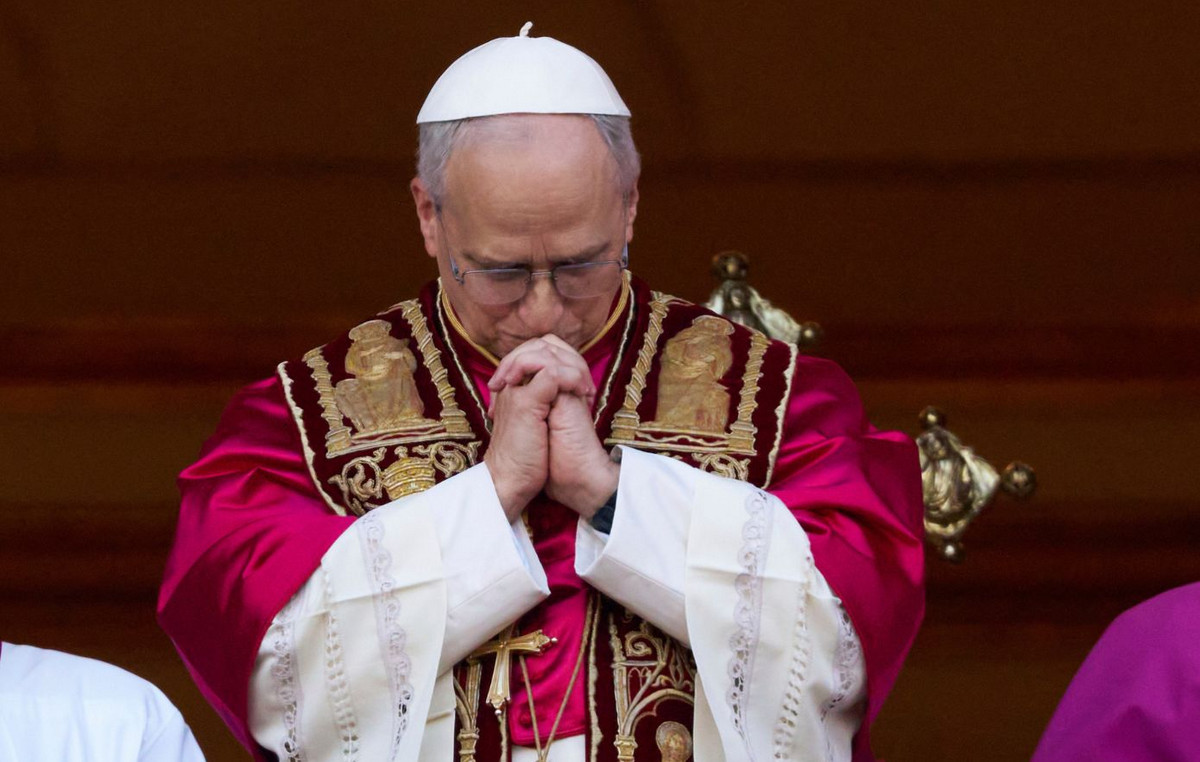- The euro recovers at maximum of several years due to the weakness of the US dollar after Trump’s attacks to Powell.
- Investor concerns about the independence of the Federal Reserve are undermining confidence in the dollar.
- The EUR/USD has reached the goal of a bullish flag in 1,1700.
EUR/USD It can be seen on Thursday for the sixth consecutive day and is negotiated above 1,1700 for the first time since September 2021. News reports indicating that US president Donald Trump is considering an early announcement of the anticipated announcement of the successor From the president of the Federal Reserve (FED) Jerome Powell have shaken the markets and have dropped the US dollar (USD).
A Wall Street Journal report suggests that Trump is considering announcing the name of Jerome Powell replacement in September or October. This would be an unusual movement, since Powell ends his mandate next May, and would create a president of the Fed in the shadow and undermine the credibility of the Central Bank.
This news comes after Powell reaffirmed his cautious tone with respect to future cuts of interest rates in his semiannual testimony before Congress, which caused the nth attack by President Trump, who described him as “terrible” and pointed out that he has “three or four” candidates to replace him.
With the geopolitical tensions outside the foreground, since the truce between Iran and Israel remains for its third day, Trump’s trade erratic political policy is again in the center of attention. The deadline of July 9 is approaching and there are no signs of progress in trade agreements with key partners. This is another negative pressure source for the US dollar.
He Economic calendar of the US is occupied today with the orders of durable goods in May and the final reading of the Gross Domestic Product (GDP) of the first quarter monopolizing attention. However, the culminating point of the week will be the Personal Consumption Price Index (PCE) on Friday. This is the inflation indicator preferred by the Fed and will be observed carefully to evaluate the expectations of flexibility of the Fed.
Euro price today
The lower table shows the percentage of euro change (EUR) compared to the main currencies today. Euro was the strongest currency against the US dollar.
| USD | EUR | GBP | JPY | CAD | Aud | NZD | CHF | |
|---|---|---|---|---|---|---|---|---|
| USD | -0.54% | -0.65% | -0.82% | -0.28% | -0.50% | -0.44% | -0.59% | |
| EUR | 0.54% | -0.06% | -0.34% | 0.29% | 0.07% | 0.10% | -0.02% | |
| GBP | 0.65% | 0.06% | -0.26% | 0.34% | 0.13% | 0.18% | 0.04% | |
| JPY | 0.82% | 0.34% | 0.26% | 0.58% | 0.37% | 0.39% | 0.28% | |
| CAD | 0.28% | -0.29% | -0.34% | -0.58% | -0.21% | -0.26% | -0.31% | |
| Aud | 0.50% | -0.07% | -0.13% | -0.37% | 0.21% | -0.05% | -0.10% | |
| NZD | 0.44% | -0.10% | -0.18% | -0.39% | 0.26% | 0.05% | -0.05% | |
| CHF | 0.59% | 0.02% | -0.04% | -0.28% | 0.31% | 0.10% | 0.05% |
The heat map shows the percentage changes of the main currencies. The base currency is selected from the left column, while the contribution currency is selected in the upper row. For example, if you choose the euro of the left column and move along the horizontal line to the US dollar, the percentage change shown in the box will represent the EUR (base)/USD (quotation).
What moves the market today: the threats to the independence of the Fed revive the trade of “selling America”
- The US dollar has fallen on all fronts, since Trump’s attacks to the Fed Chief undermine the credibility of the Central Bank and threaten the status of the dollar as the world reserve currency. The euro (EUR) has been one of the main beneficiaries of the weakness of the US dollar, with the torque appreciating almost 2% so far this week, without a significant macroeconomic engine that supports that rebound.
- The data published on Thursday revealed that the GFK consumer’s feeling survey of Germany deteriorated to -20.3 for July from -20 in the previous month. The Germans show a growing willingness to save, which weighs on consumption and highlights a feeling of economic uncertainty.
- At 12:30 GMT, the orders of the US durable goods, an advanced indicator of the manufacturing activity, have increased 8.5% in May after a 6.3% drop in April. However, excluding transport, the requests for all other products are expected to stay stagnant, after a 0.2% increase in the previous month. This could compensate for the positive impact of an optimistic reading on the headline.
- At the same time, the US GDP reading of the first quarter confirms a 0.2% contraction in the quarter and an interannual growth of 3.7%. The impact of these figures is expected to be minus unless there is a significant review of the previous estimates.
- On Wednesday, the president of the Fed, Jerome Powell, remained firm against the pressures of President Trump to cut rates and reiterated that the Central Bank is “well positioned to wait” adjustments in interest rates until there is more clarity on the inflationary effects of commercial tariffs.
- Trump reacted, calling Powell again and suggesting that he has reduced a list of candidates to replace him. Market sources have mentioned the names of former Fed Kevin Warsh, the director of the National Economic Council Kevin Hassett and Treasury Secretary Scott Besent as the best positioned to assume the position.
- In this context, investor bets for imminent rates cuts are increasing. The FED monitoring tools of the CME Group show a 24% cut -to -cut probability, compared to 14% only one week before, while the probabilities of a cut in September have increased to 90% from 60% of last week.
The EUR/USD reaches overwhelming levels above 1,1700, some correction seems likely

EUR/USD It recovers even more in Thursday’s early trade, favored by the weakness of the US dollar, and reaches the objective of the upward flag formation of the previous two weeks, just above 1,1700. The fundamental context remains favorable, but the Relative Force Index (RSI) indicator of 14 periods in the 4 -hour graph has reached an overcompra territory, which suggests that a consolidation or even a bassist correction is on the horizon.
In the lower part, the PAIR can find support in the previous resistance area about 1,1630 (maximum of June 12 and 24) before 1,1585 (minimum of June 24 and 25) and the line of descending trend, now in 1,1520.
The immediate resistance is located in the 1,1700 area, the Fibonacci extension of 127.2% of the rebound from June 10 to 12, and above here, 1,1795, the Fibonacci extension of 161.8% of the mentioned movement.
Euro Faqs
The euro is the currency of the 19 countries of the European Union that belong to the Eurozone. It is the second most negotiated currency in the world, behind the US dollar. In 2022, it represented 31 % of all foreign exchange transactions, with an average daily business volume of more than 2.2 billion dollars a day. The EUR/USD is the most negotiated currency pair in the world, with an estimate of 30 %of all transactions, followed by the EUR/JPY (4 %), the EUR/GBP (3 %) and the EUR/AU (2 %).
The European Central Bank (ECB), based in Frankfurt (Germany), is the Eurozone reserve bank. The ECB establishes interest rates and manages monetary policy. The main mandate of the ECB is to maintain price stability, which means controlling inflation or stimulating growth. Its main tool is the rise or decrease in interest rates. Relatively high interest rates (or the expectation of higher types) usually benefit the euro and vice versa. The GOVERNMENT BOOK of the ECB makes decisions about monetary policy in meetings that are held eight times a year. The decisions are made by the directors of the National Banks of the Eurozone and six permanent members, including the president of the ECB, Christine Lagarde.
Eurozone inflation data, measured by the harmonized consumer prices index (IPCA), are an important economic indicator for the euro. If inflation increases more than expected, especially if it exceeds 2% of the ECB, it forces the ECB to rise interest rates to control it again. Relatively high interest rates compared to their counterparts usually benefit the euro, since they make the region more attractive as a place for global investors to deposit their money.
Published data measure the health of the economy and can have an impact on the euro. Indicators such as GDP, manufacturing and services PMIs, employment and consumer trust surveys can influence the direction of the single currency. A strong economy is good for the euro. Not only attracts more foreign investment, but it can encourage the ECB to raise interest rates, which will directly strengthen the euro. Otherwise, if economic data is weak, the euro is likely to fall. The economic data of the four largest economies in the euro zone (Germany, France, Italy and Spain) are especially significant, since they represent 75% of the economy of the euro area.
Another important fact that is published on the euro is the commercial balance. This indicator measures the difference between what a country earns with its exports and what you spend on imports during a given period. If a country produces highly demanded export products, its currency will gain value simply by the additional demand created by foreign buyers seeking to buy those goods. Therefore, a positive net trade balance strengthens a currency and vice versa in the case of a negative balance
Source: Fx Street
I am Joshua Winder, a senior-level journalist and editor at World Stock Market. I specialize in covering news related to the stock market and economic trends. With more than 8 years of experience in this field, I have become an expert in financial reporting.







